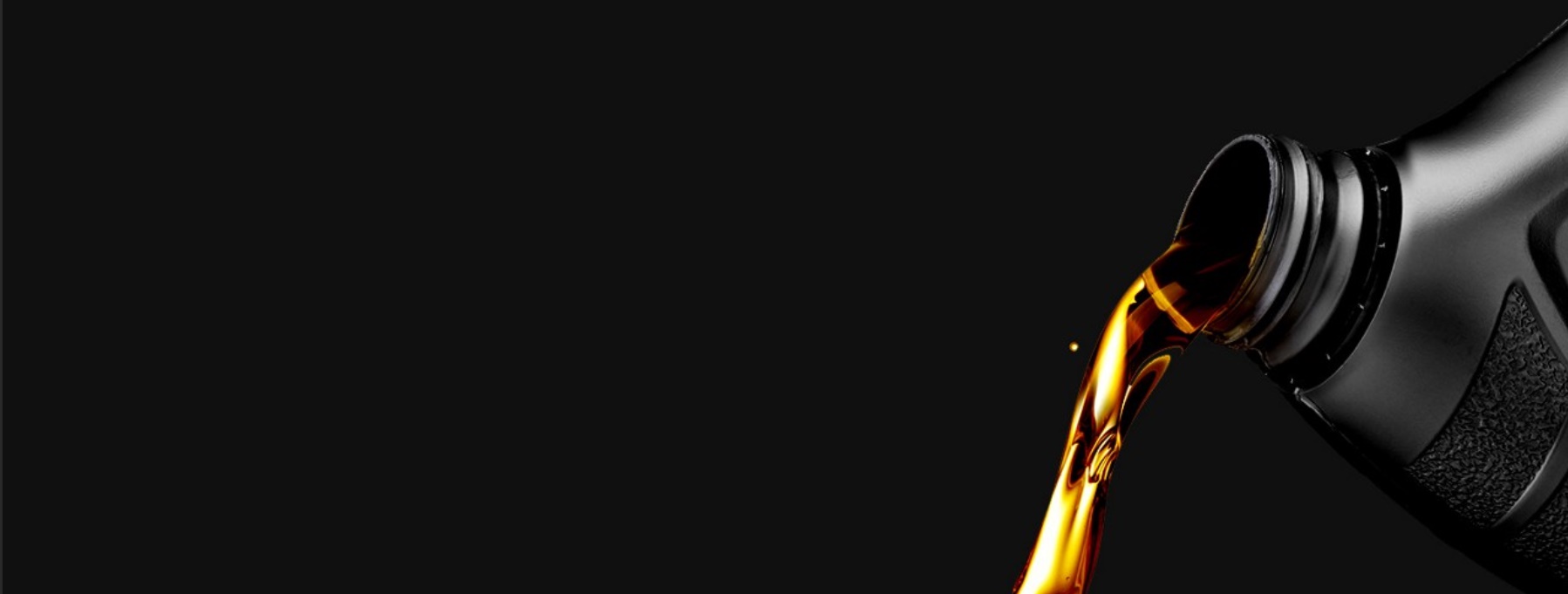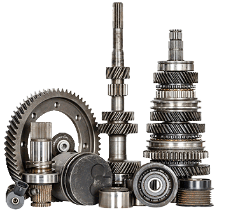Essential Fluids for Cars and Maintenance Guidelines

Comprehensive Guide to Automotive Fluids: Types, Functions, and Maintenance
AUTOMEV BLOG POST
Modern vehicles rely on various fluids to ensure smooth operation, performance, and longevity. Understanding these fluids, their technical properties, and maintenance requirements is crucial for vehicle health. This guide delves into the types of automotive fluids, their applications, technical characteristics, replacement schedules, and the potential consequences of neglecting fluid maintenance.
1. Types of Automotive Fluids and Their Functions
-
Engine Oil
-
Function: Lubricates engine components, reduces friction, and prevents wear.
-
Applications: Internal combustion engines.
-
Technical Characteristics: Viscosity grade (e.g., 5W-30), API/ACEA standards, synthetic or mineral base oils.
-
-
Coolant/Antifreeze
-
Function: Regulates engine temperature and prevents overheating or freezing.
-
Applications: Cooling systems in the engine.
-
Technical Characteristics: Ethylene glycol or propylene glycol base, corrosion inhibitors, boiling and freezing point specifications.
-
-
Transmission Fluid
-
Function: Lubricates and cools transmission components, facilitates gear shifts.
-
Applications: Automatic and manual transmissions.
-
Technical Characteristics: Dexron/Mercon specifications, viscosity index, friction modifiers.
-
-
Brake Fluid
-
Function: Transfers hydraulic pressure from the brake pedal to brake components.
-
Applications: Hydraulic brake systems.
-
Technical Characteristics: DOT rating (DOT 3, 4, 5), boiling point, moisture resistance.
-
-
Power Steering Fluid
-
Function: Assists in steering by reducing the effort required to turn the wheel.
-
Applications: Power steering systems.
-
Technical Characteristics: Hydraulic fluid properties, viscosity, compatibility with seals.
-
-
Differential and Gear Oil
-
Function: Lubricates gears and reduces wear in differentials and gearboxes.
-
Applications: Differentials and transfer cases.
-
Technical Characteristics: API GL rating (e.g., GL-4, GL-5), extreme pressure additives.
-
-
Windshield Washer Fluid
-
Function: Cleans the windshield for optimal visibility.
-
Applications: Windshield wiper systems.
-
Technical Characteristics: Freezing point, cleaning agents, anti-streak additives.
-
-
Air Conditioning Refrigerant
-
Function: Absorbs heat and cools the interior of the vehicle.
-
Applications: Air conditioning systems.
-
Technical Characteristics: R-134a or R-1234yf refrigerants, pressure-temperature relationship.
-
2. Fluid Replacement Schedules
-
Engine Oil: Typically every 5,000 to 10,000 km, depending on oil type and driving conditions.
-
Coolant: Every 50,000 km or 5 years, as specified by the manufacturer.
-
Transmission Fluid: Every 40,000 to 100,000 km, depending on the type (manual or automatic).
-
Brake Fluid: Every 2 years or 40,000 km.
-
Power Steering Fluid: Check regularly; replace every 50,000 to 100,000 km.
-
Differential Oil: Every 50,000 to 100,000 km.
-
Windshield Washer Fluid: Top up as needed.
-
Air Conditioning Refrigerant: Every 2-3 years or as required.
3. Importance of Regular Maintenance
-
Preventing Component Damage
-
Low or degraded fluids can lead to overheating, wear, and corrosion of components such as engines, transmissions, and brakes.
-
-
Ensuring Safety
-
Proper levels of brake fluid and power steering fluid are critical for safe vehicle operation.
-
-
Enhancing Efficiency
-
Clean and sufficient fluids optimize vehicle performance and fuel efficiency.
-
4. Consequences of Neglecting Fluid Maintenance
-
Engine Damage
-
Insufficient or degraded engine oil can lead to overheating, increased friction, and eventual engine failure.
-
-
Overheating
-
Low or contaminated coolant can cause engine overheating, resulting in warped components or a blown head gasket.
-
-
Transmission Issues
-
Worn-out transmission fluid can lead to poor gear shifting, overheating, and transmission failure.
-
-
Brake Failure
-
Moisture-contaminated brake fluid can lead to reduced braking efficiency or complete brake failure.
-
-
Steering Problems
-
Old or insufficient power steering fluid can make steering stiff and unresponsive.
-
-
Reduced Visibility
-
Neglecting windshield washer fluid can impair visibility in adverse conditions.
-
5. Best Practices for Fluid Maintenance
-
Follow Manufacturer Recommendations
-
Always refer to the owner’s manual for fluid specifications and replacement intervals.
-
-
Regular Inspections
-
Check fluid levels, color, and consistency during routine maintenance.
-
-
Use Quality Fluids
-
Opt for high-quality fluids that meet OEM standards to ensure compatibility and performance.
-
-
Timely Replacement
-
Replace fluids before they degrade to avoid expensive repairs.
-
Conclusion: Automotive fluids play a critical role in maintaining your vehicle’s performance, safety, and longevity. Regular inspections, timely replacements, and using the correct fluids are essential practices for every vehicle owner. At Automev.com, we offer a wide range of premium automotive fluids and spare parts to meet your maintenance needs. Visit us today to explore our selection and keep your vehicle in top condition!

 TR
TR EN
EN

